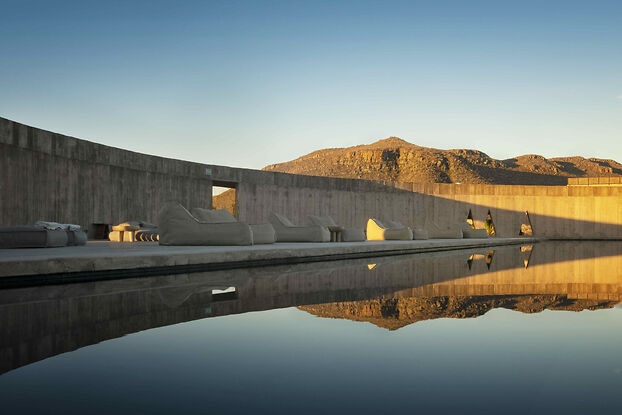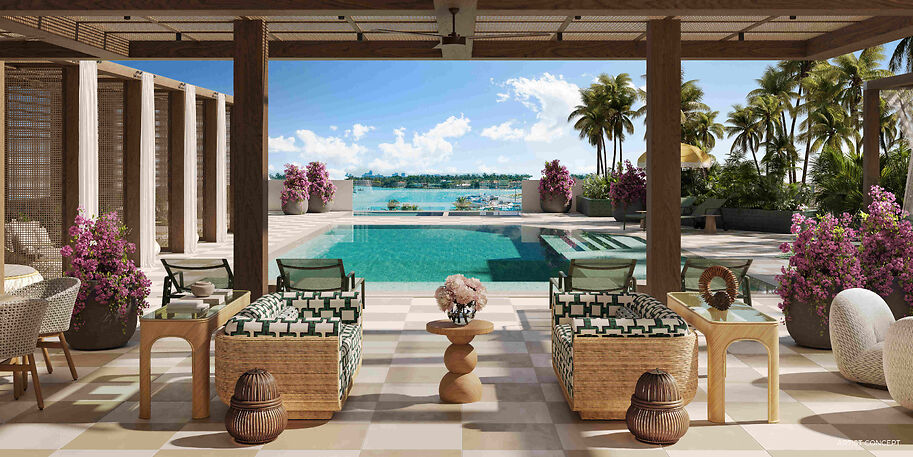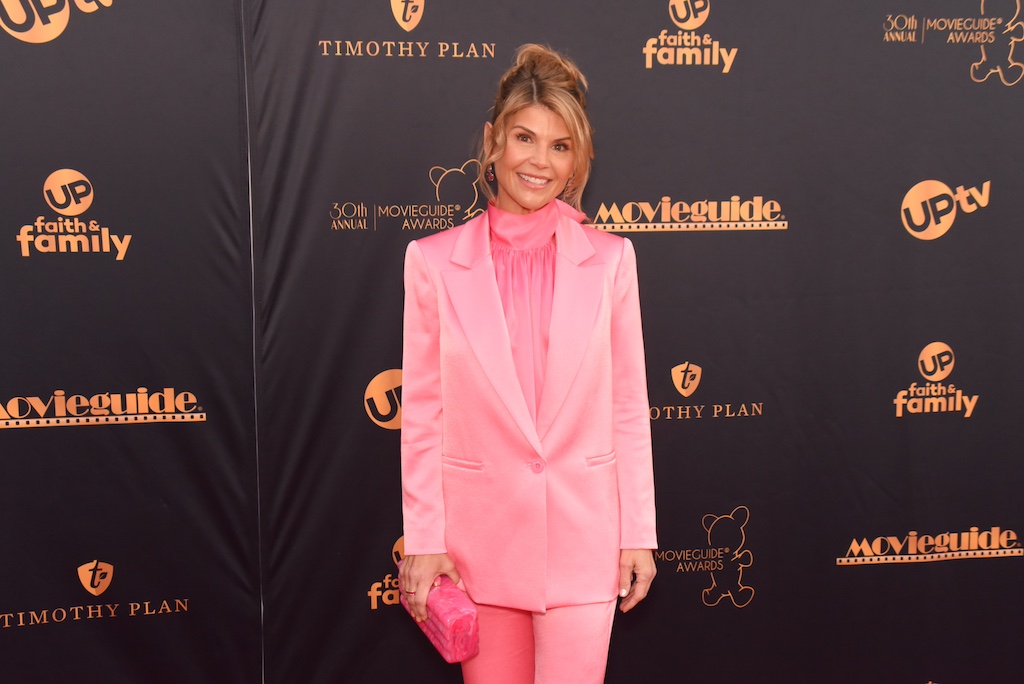Illuminate your understanding as Haute Design Experts reveal the profound impact of lighting in interior and outdoor spaces.
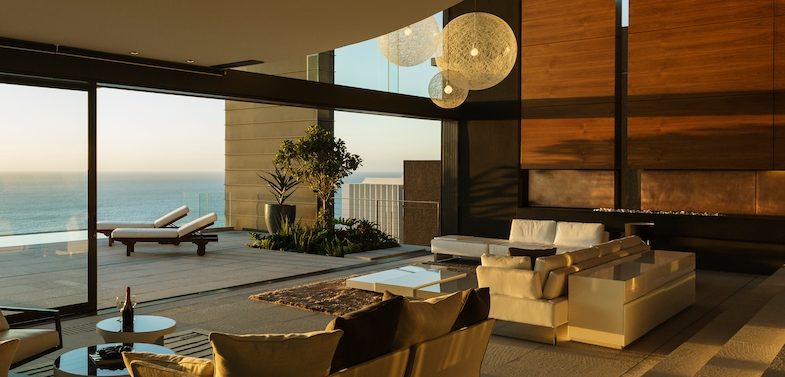
The EBH Group
Lighting plays a role, in enhancing the atmosphere, functionality and aesthetics of a space while complementing the overall design concept.
Here are some effective strategies for optimizing lighting;
Establish Design Objectives; Before choosing lighting fixtures it's important to define design goals for the space. Consider the ambiance, functionality and visual impact we aim to achieve. Whether we want to create a setting in a living room or ensure proper task lighting in a kitchen understanding our design objectives will help guide our lighting decisions.
Create Layers of Light; Implement a lighting approach that includes ambient, task and accent lighting. Ambient lighting provides illumination. Sets the tone of the space. Task lighting focuses on activities like reading or cooking. Accent lighting highlights features or decorative elements adding dimension and visual appeal to the room.
Use Dimmer Switches; Incorporate dimmer switches to regulate the brightness of the lights. Dimmers allow to adjust intensity based on tasks, moods or times of day. This flexibility enhances the lighting design versatility.
Showcase Architectural Elements; Utilize lighting to highlight features and design details in the space.
Choose the Fixtures Thoughtfully; When selecting lighting fixtures make sure they complement the style of the space. Take into account the design, color scheme and materials used in the decor. Whether the style leans towards modern, traditional, minimalistic or eclectic opt for fixtures that blend seamlessly with the existing decor while making a statement of their own.
Establish Hierarchy; Use lighting to create a hierarchy that highlights focal points and maintains balance in the room. Use more noticeable fixtures to emphasize areas like dining tables, art pieces or architectural features. This approach adds dimension. Guides the eye around the space.
Incorporate Natural Light; Integrate natural light sources such as windows, skylights or glass doors into the lighting plan. Natural light not enhances the ambiance. Also reduces reliance, on artificial lighting during daylight hours.
Enhance the space by adding window treatments, like curtains or blinds that allow you to control natural light levels while matching the design style.
Consider the size and scale of lighting fixtures to ensure they fit well with the room and furniture proportions. Avoid using fixtures in spaces or undersized ones, in larger rooms. Place the fixtures at the height to create an appealing layout that complements the design theme.

Elizabeth Cinquini Interior
At Elizabeth Cinquini Interiors, we regard lighting as the essential jewelry - a pivotal component of interior design, completing a room's aesthetic. It enhances architectural features, highlights focal points, and sets the mood. Task lighting aids productivity such as the wall sconces here, ambient lighting like this gorgeous chandelier promotes relaxation, and accent lighting adds depth. Recessed lighting is functional and provides a lot of bright light when needed or can be dimmed for a softer look. Having multiple light sources in a room, including lamps, overhead recessed lighting, chandeliers, sconces, and task lighting, is key as it creates layers of illumination that can be adjusted to suit different activities and moods, ultimately enhancing comfort and ambiance. Different
activities and times of day call for different levels and types of illumination, and having a diverse array of lighting options ensures that these requirements can be met effectively. For example, during the daytime, natural light might flood the space, but as evening approaches, a combination of ambient, task, and accent lighting can be utilized to provide both functionality and atmosphere. Moreover, the strategic placement of light sources, such as sconces to highlight artwork or lamps for reading nooks, adds depth and visual interest to the room while also serving practical purposes. By layering light in this way, it creates a more inviting and comfortable environment that enhances the overall experience and fosters a sense of well-being within the space.
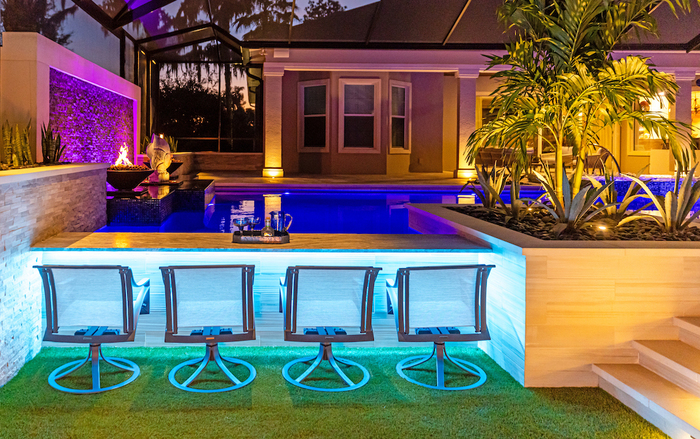
Ryan Hughes Design
With the innovation occurring in outdoor lighting from materials and mechanics to styles and sustainability, experts in the field are needed to navigate the design options, functional capabilities, and overall ambiance potential. “Lighting is a key design element we use to highlight the architectural features of our projects,” said Julija Krajceva, senior project designer, Ryan Hughes Design. “We strategically locate different light types to draw attention to specific elements and create visual interest. It is with lighting we bring a project to life.” The Ryan Hughes team is known for its lighting design-rich projects and the integration of feature lighting built for the out-of-doors into the illumination of structures, walkways, plantings, aqua and fire elements, as well as outdoor rooms of every size and composition. The very latest technology is also being tapped for outdoor design including programmable “smart” lighting that provides the ability to light for a favorite experience, vibe or ambiance while addressing safety options as well.

